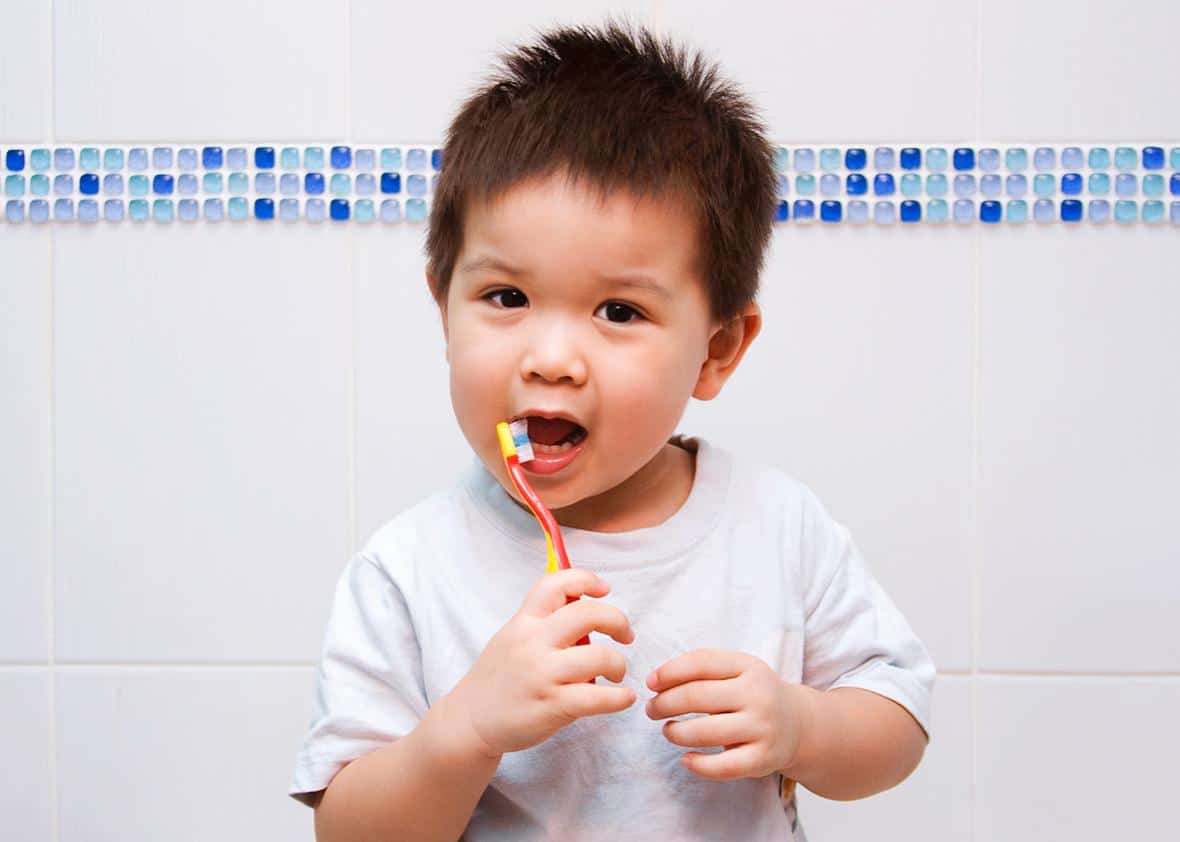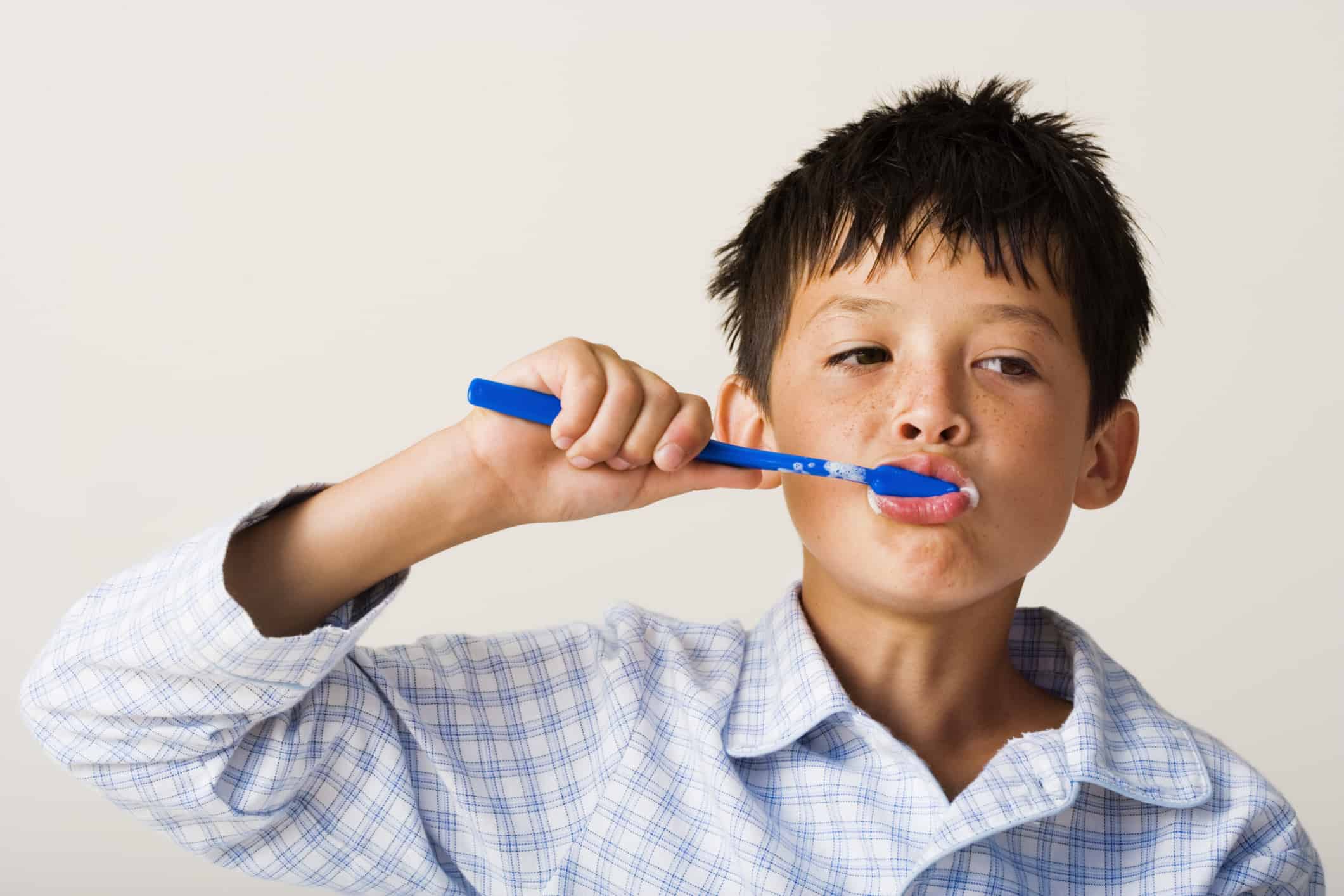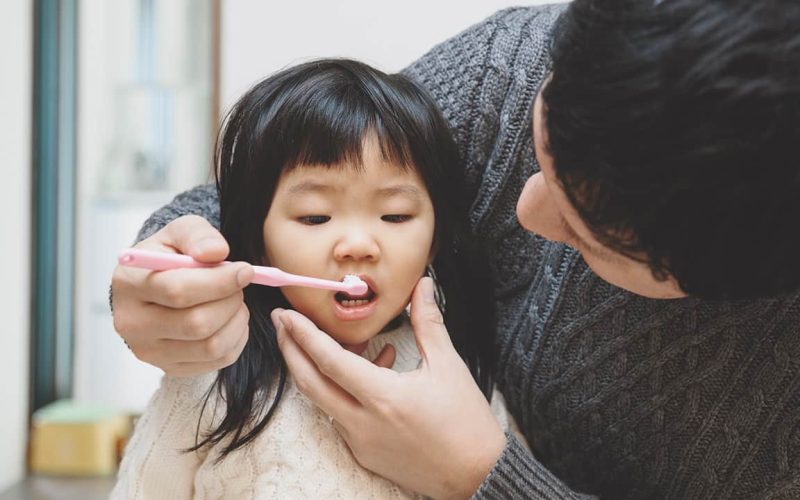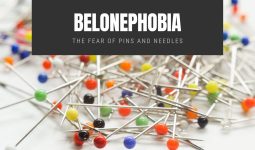If you have a toddler, you should use a smear of fluoride baby toothpaste about the size of a grain of rice.
Then, when your kid is around age 3 and able to spit out toothpaste, move up to a pea-sized amount.
Do not ever feel worried if your baby swallows a little of the toothpaste.
Brushing a Toddler’s Teeth With a Baby Toothpaste
If a baby’s toothpaste is used from the first tooth brushing, your baby will benefit from proper dental care. You may sometimes wonder why you encounter difficulties while brushing temporary baby teeth that will soon be replaced with permanent ones.
But brushing your baby’s teeth is essential to taking good care of his/her teeth and also because establishing good dental habits early enough helps ensure a lifetime of better dental health.
Decayed baby teeth can interfere with good nutrition and speech development. If decayed baby teeth fall out, they don’t hold a proper place for future teeth, making the permanent ones appear crooked.
Not all baby teeth can be replaced. There are cases when a baby tooth may remain in a person’s mouth throughout adulthood, which is known as adult baby teeth. These are also known as retained baby teeth, but they are fairly common.
That is why brushing your baby’s teeth with the baby’s toothpaste in the morning and evening is important.
When to Start Brushing a Baby’s Teeth With Baby Toothpaste
Tooth-brushing with baby toothpaste can start as soon as the baby’s first tooth pokes through the gums.
It is always advisable to use a clean, damp washcloth or a finger brush to gently wipe clean the first teeth and the front of the tongue after meals and at bedtime.
Pediatric dentists usually prefer and advise using toothbrushes moistened with water and no more than a rice-grain-size smear of fluoride toothpaste.
The toothbrushes should be very soft and have no more than three rows of bristles (a pediatric dentist or your pharmacist can help you find the fingerbrushes and a proper baby toothbrush).
Is It Advisable to Brush Your Baby’s Gums Using the Baby Toothpaste?

Children’s dentists often recommend cleaning babies’ gums after feedings using baby toothpaste.
This activity also helps fight bacterial growth and promotes good oral health long before babies’ first teeth start to grow.
Instead of cleaning the baby’s gums with a toothbrush, a soft, damp cloth, or even a soft rubber or silicone finger brush, it may be better with a small quantity of baby toothpaste.
Are Baby Toothpastes Containing Fluorides Recommended for Children?
The American Academy of Pediatric Dentistry (AAPD) recommends using cavity-preventing fluoride toothpaste starting with a baby’s very first tooth rather than waiting until age 2, as was previously recommended.
Use a rice-grain-sized smear of baby toothpaste for your child or toddler, graduating to a pea-sized dollop by age 3.
Never feel worried if your baby swallows some of the toothpaste. This will certainly happen, and since it is a small quantity, it won’t cause the expected damage.
From the second year, you can teach your baby to spit after brushing so that he/she learns it is a habit to keep for the rest of his/her life.
Approaches to Take if Your Baby Doesn’t Like the Culture of Brushing Teeth
Research has shown that not every baby loves having her teeth cleaned—and a baby growing teeth(teething) and her gums are sore and tender might be especially resistant.
Below are some helpful tips to take when tooth-brushing time becomes difficult:
- Go easy: Baby’s gums are sensitive (even when she’s not teething), so if she doesn’t like the brush, try a soft washcloth and a gentle touch with a little application of the baby toothpaste.
- Sing a song: A little distraction is all it takes to make toothbrushing comfortable for some babies. Sing a favorite tune while cleaning baby’s teeth or make up silly versions of standards (maybe “Old McDonald had a brush” or “Mary had a little tooth”). All these funny songs can get them distracted and make toothbrushing a bit easy.
- Show her how it’s done: Seeing Mom or Dad brushing and enjoying it helps make a game out of tooth-brushing time. “Mom goes first … now your turn!”
- Let her play: Your baby will probably be curious about the toothbrush or fingerbrush. Encourage her interest by allowing her to hold the brush and examine it at her own pace. She may even end up putting the brush in her mouth alone.
Importance of Baby Toothpaste

Toothpaste is useful for maintaining dental health and preventing dental diseases like cavities.
Some importance is.
- It also helps to control and remove plaque buildup.
- It also helps prevent and destroy germ buildup in teeth and maintain gum health. However, a 2016 systematic review indicates that using toothpaste when brushing teeth does not impact the level of plaque removal.
- Prevent cavities
- Strengthen weakened tooth enamel
- It reverses early tooth decay
- It limits the growth of oral bacteria
- Baby toothpaste slows the loss of minerals from tooth enamel.
Best Baby and Toddler Toothpastes
As long as it is a toothpaste containing fluoride, a child can use it throughout their childhood.
The following are the best toothpaste that children can use:
- Tom’s of Maine Anticavity Fluoride Children’s Toothpaste: Natural ingredients set this generally approved toddler and baby toothpaste apart. The fruity flavors are pleasant but not overpowering, appealing to even the fussiest babies and tots.
- Burt’s Bees Baby Toothpaste: This is another type of baby toothpaste for parents who follow the motto, “The less artificial, the better.” This fluoridated toothpaste is flavored naturally
- Tanner’s Tasty Paste Anti-Cavity Fluoride Baby Toothpaste: This baby toothpaste is free of sugar and still maintains oral health with fluoride – just in a more tot-friendly way.
- Crest Cavity Protection Fluoride Baby Toothpaste: This kids’ toothpaste fights cavities with fresh bubblegum flavor. And is highly effective.
- Colgate Fluoride Baby Toothpaste for Cavity Protection: This baby toothpaste has a mild flavor that won’t bother your child. Its flavor is very moderate, and kids like it a lot. It improves the child’s oral health.
- Hello Oral Care, SLS-Free Fluoride Baby Toothpaste: It is also made without sodium lauryl sulfate, which can irritate some users. It is another very effective type of baby toothpaste.
- Aquafresh Pump Cavity Protection Fluoride Baby Toothpaste: This is a widely medically accepted baby toothpaste with fluoride. It is perfect for your kids when they start helping you brush (and then eventually brush themselves).
References;
- Mitali Y. Patel, DDS, is a board-certified pediatric dentist and program director of the pediatric dentistry residency at Children’s National Hospital.
- Healthy Habits; www.mouthhealthy.org/en/babies-and-kids/healthy-habits
- Adult baby Teeth; https://www.healthline.com/health/adult-with-baby-teeth
- American Academy of Pediatric Dentistry reference manual 2011-2012. Pediatric Articl011; 33: 1-349
- Dietary Reference Intakes for Calcium, Phosphorus, Magnesium, Vitamin D, and Fluoride. National Academies Press, Washington1997








